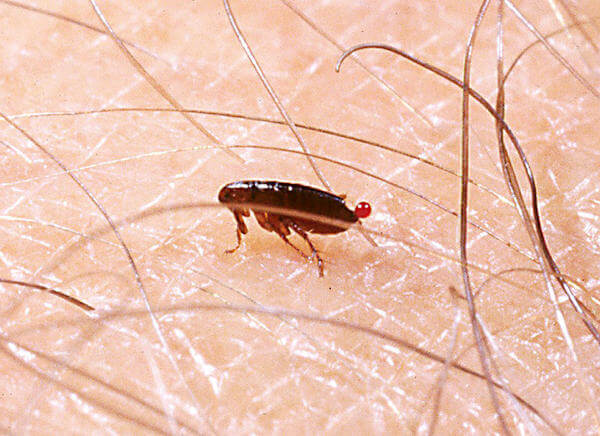Fleas are one of the most common and persistent pests that can affect both humans and animals, especially during the humid and warm seasons. While we may associate fleas primarily with pets like dogs and cats, these tiny parasites can also make their way onto humans, causing discomfort and potentially spreading serious diseases. In particular, the changing weather patterns, such as the transition from winter to spring, create ideal conditions for fleas to thrive, especially in households with pets.
Fleas are not just a nuisance; they are a health risk. In this article, we will explore the dangers of flea infestations, how they affect both humans and animals, and what you can do to prevent and treat flea bites.
What Are Fleas?
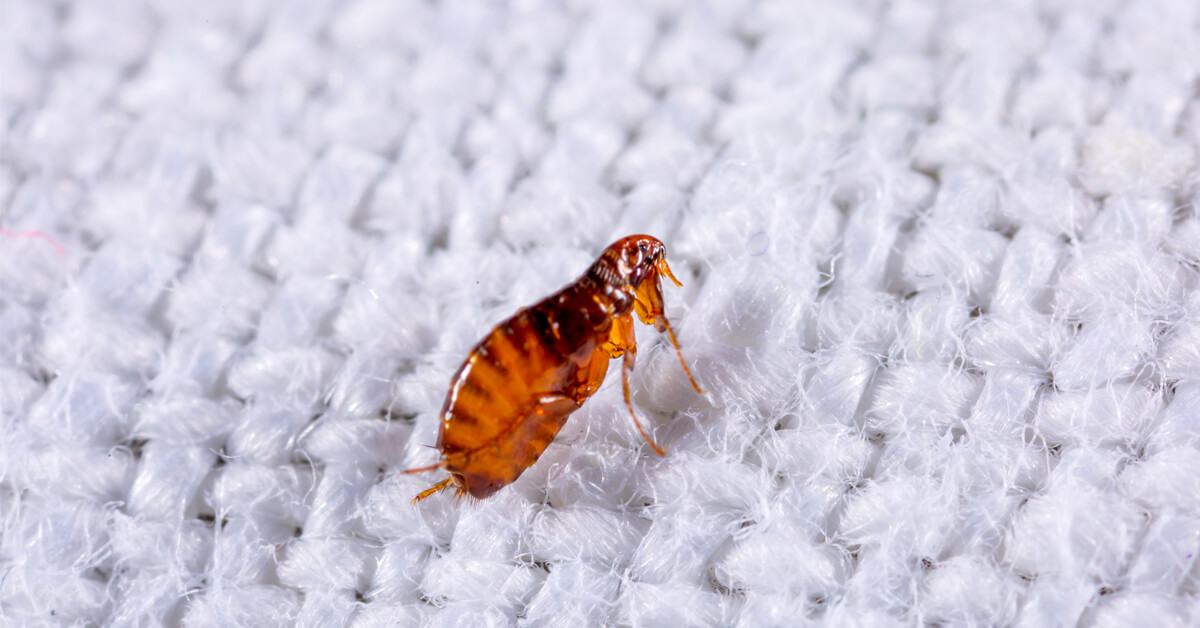
Fleas are small, wingless parasites that belong to the order Siphonaptera. They live by feeding on the blood of warm-blooded animals, including humans, cats, dogs, and rodents. There are around 1,000 different species of fleas, with many being found worldwide, even in extreme environments like Antarctica.
These parasites are well-adapted to survive in various conditions, and they are particularly prevalent in humid environments. Fleas thrive in temperatures between 21°C and 35°C and require 70-85% humidity to survive and reproduce. While they are often associated with pet infestations, fleas can also infest human homes and spread easily.
When Do Fleas Appear?
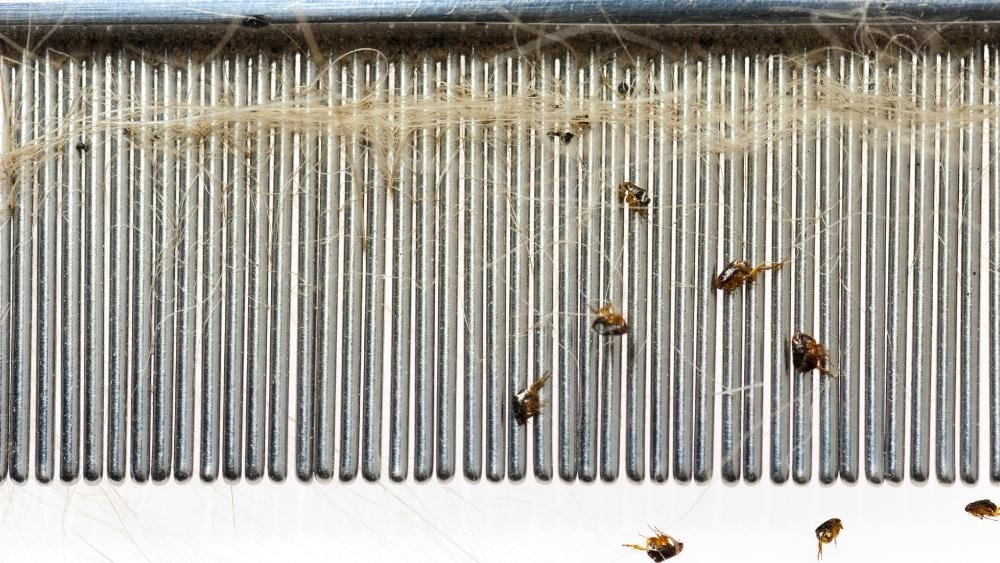
Fleas are most active when the weather shifts from cooler to warmer, particularly during the spring and summer months. In Northern Vietnam, fleas tend to proliferate between February and March, when temperatures rise and humidity levels increase. However, fleas can also survive in indoor environments year-round, especially if there are pets or rodents in the household.
Fleas are more likely to infest homes in areas where pets frequently roam, such as floors, bedding, and furniture. However, they can also be found in yards, gardens, and even public spaces like parks.
How Do Fleas Affect Humans?
![]()
Although fleas are primarily known for infesting animals, they are capable of biting humans as well. When a flea bites, it feeds on the host’s blood, causing a localized allergic reaction. The result is an itchy, red bump that can lead to more severe skin irritation in some cases.
Flea bites tend to occur on exposed areas of skin such as the legs, ankles, and arms. However, they can also appear on other parts of the body, particularly in areas where people interact with animals, such as the neck, face, and waist.
Flea Bites and Their Effects
Flea bites are often not painful at first but become intensely itchy due to the body’s allergic reaction to flea saliva. The bites usually appear as small, raised, red spots that may have a tiny puncture mark in the center. For some people, repeated flea bites can result in more severe skin reactions such as hives or eczema. These reactions can cause additional discomfort and inflammation.
While fleas are primarily a nuisance, they also pose a more serious health threat: the transmission of diseases.
Fleas as Vectors for Disease
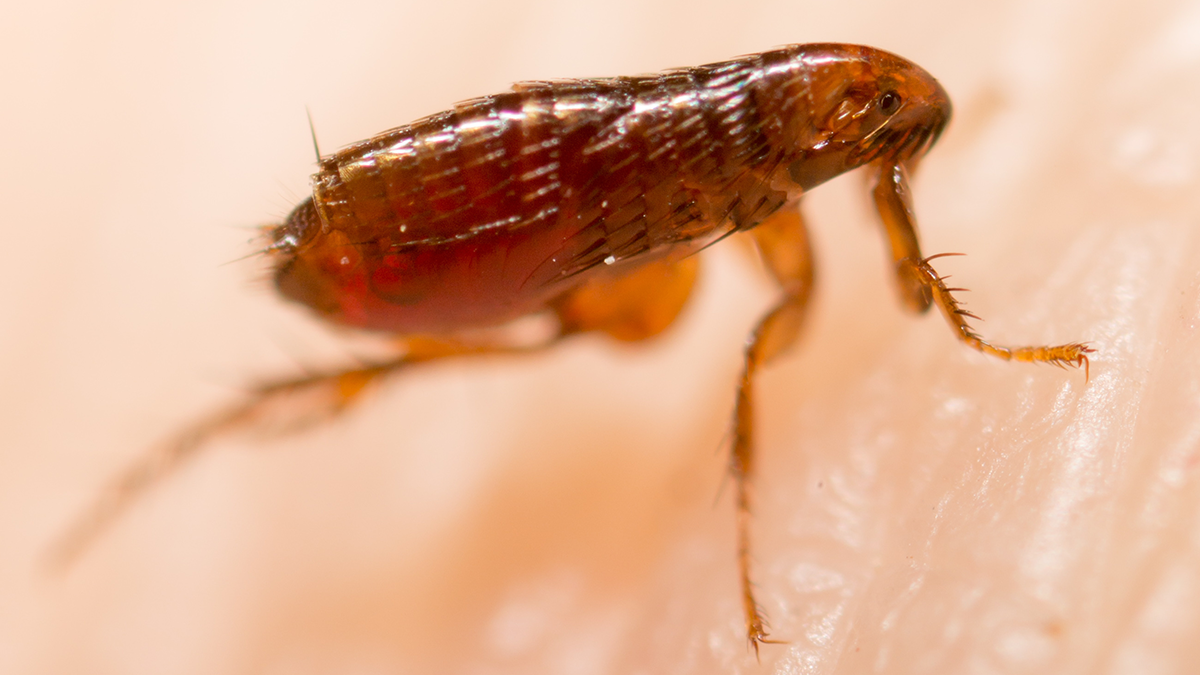
Fleas are not only a source of irritation, but they can also carry and transmit diseases to both humans and animals. The most infamous historical example is the bubonic plague, which was spread by fleas living on rats and responsible for killing millions of people during the Black Death in the 14th century.
Some of the diseases associated with fleas include:
-
Bubonic Plague: Caused by the bacterium Yersinia pestis, this disease can be transmitted to humans through flea bites from infected rodents. It can lead to fever, swelling, and, if left untreated, death.
-
Tungiasis: This is a condition caused by a flea species that burrows into human skin, usually on the feet, and causes severe pain, swelling, and infection.
-
Flea-Borne Typhus: Another serious bacterial infection that can be transmitted to humans via flea bites. Symptoms include fever, rash, and in severe cases, organ failure.
-
Tapeworms: Fleas can also transmit tapeworm larvae to pets and humans, which can lead to infection if swallowed. These parasitic worms can cause digestive discomfort and other health issues.
While these diseases are not commonly contracted today due to modern sanitation and pest control measures, fleas remain a vector for certain illnesses, especially in areas where sanitation practices are poor or where flea infestations are rampant.
What to Do If You Are Bitten by Fleas
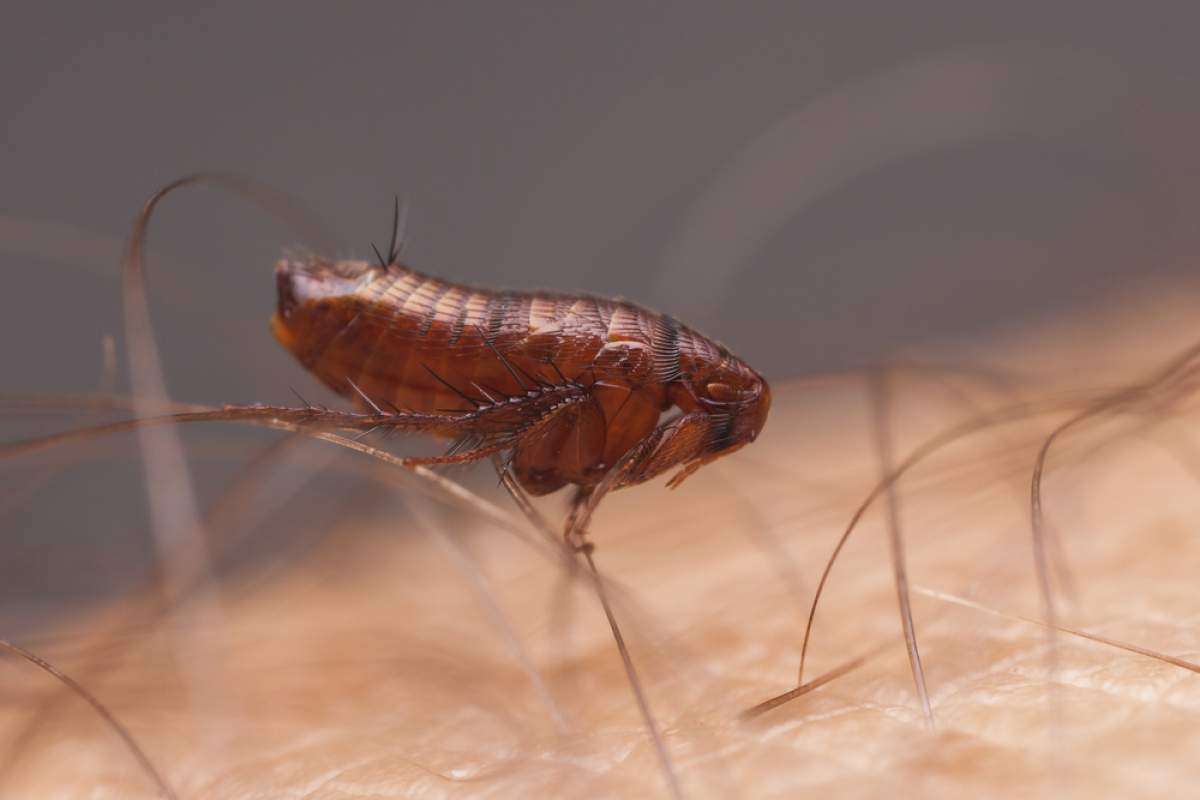
If you’ve been bitten by a flea, there are several steps you can take to reduce discomfort and prevent further irritation:
1. Clean the Area
Immediately clean the bite area with soap and warm water to remove any flea saliva or bacteria.
2. Apply Anti-Itch Cream
To reduce itching and swelling, apply an anti-itch cream or a topical hydrocortisone ointment. If you prefer natural remedies, aloe vera gel can also soothe irritated skin.
3. Use Cold Compresses
Apply a cold compress to the affected area to reduce swelling and discomfort.
4. Avoid Scratching
Scratching the bites can lead to further irritation or infection. Try not to scratch, and keep the area clean.
5. Seek Medical Attention If Necessary
If you develop a fever, rash, or infection, or if the bites worsen, see a healthcare provider. They may prescribe antihistamines or other medications to treat the allergic reaction or infection.
Preventing Flea Bites and Infestations
To avoid flea infestations and bites, consider the following preventive measures:
1. Treat Pets for Fleas
If you have pets, make sure they are regularly treated for fleas using vet-approved flea control products. This will help prevent the fleas from spreading to your home and affecting humans.
2. Vacuum Regularly
Fleas thrive in areas with pet hair and dust. Regularly vacuum floors, carpets, and furniture to remove any fleas or flea eggs. Don’t forget to dispose of the vacuum bag immediately.
3. Wash Bedding and Clothes
Wash your bedding, clothes, and pet bedding frequently in hot water to kill any fleas and eggs that might be present.
4. Seal Cracks and Gaps
Ensure your home is free from cracks or gaps in windows, doors, and floors where fleas can enter from outside.
5. Use Flea Traps
There are several flea traps available that use light or heat to attract fleas, allowing you to monitor and control infestations.
6. Treat Your Home
If you have a flea infestation, consider using flea sprays or foggers to treat your home. Always follow the manufacturer’s instructions to ensure the product is safe for both humans and pets.
Protect Yourself and Your Family from Fleas
Fleas may seem like a small problem, but their ability to transmit diseases and cause discomfort should not be underestimated. Taking preventive measures, keeping pets treated, and managing flea infestations in your home are essential steps to protect both your family and your health.
If you’re dealing with flea bites or infestations, don’t hesitate to seek help from a professional pest control service or consult a healthcare provider for appropriate treatments. By staying vigilant and informed, you can minimize the risks associated with fleas and ensure a safer, more comfortable living environment for everyone in your home.
Sources:
